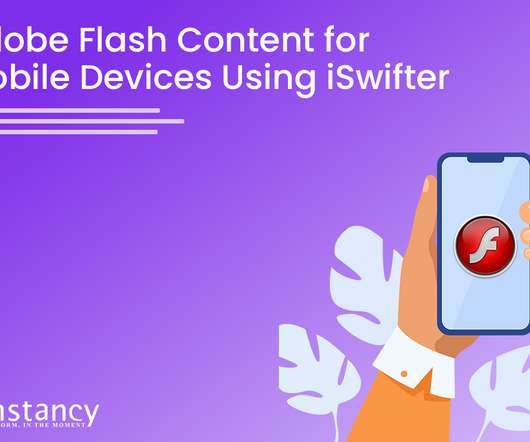HTML5 and Flash: Two Ways to Create Interactivity in Mobile Learning
Vikas Joshi on Interactive Learning
NOVEMBER 2, 2010
Most e-learning developers assume the availability of the free Flash plug-in on the learner's browser. Some mobile devices may support Flash, others don't. The Apple iPad, iPhone and iPod are examples where your Flash elements simply won't work. Apple proposes that you use HTML5 instead, to build rich interfaces.





































Let's personalize your content